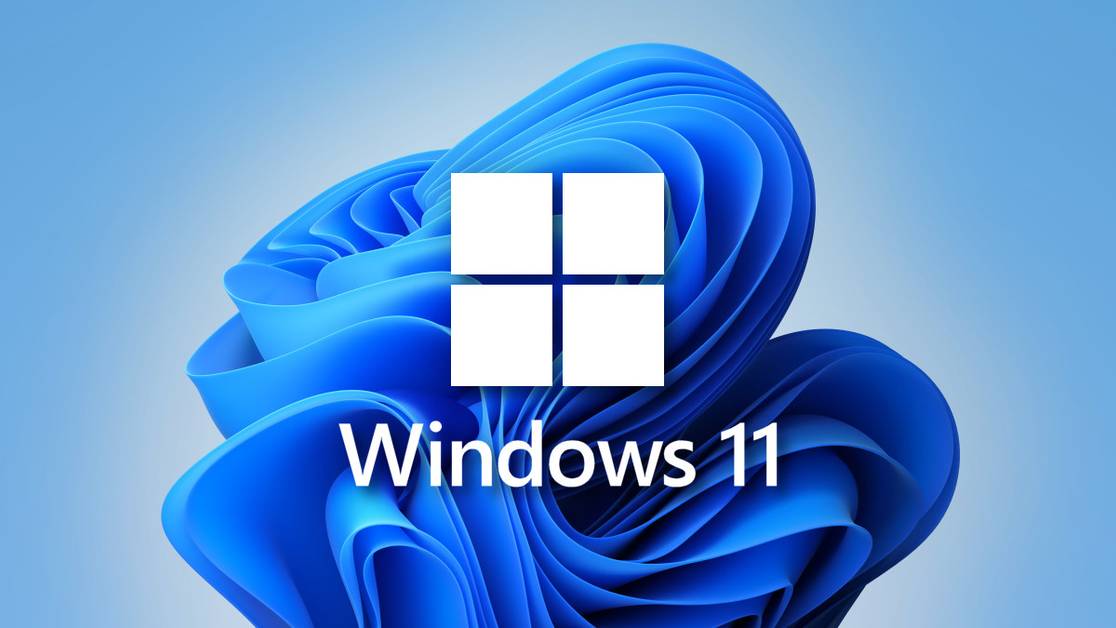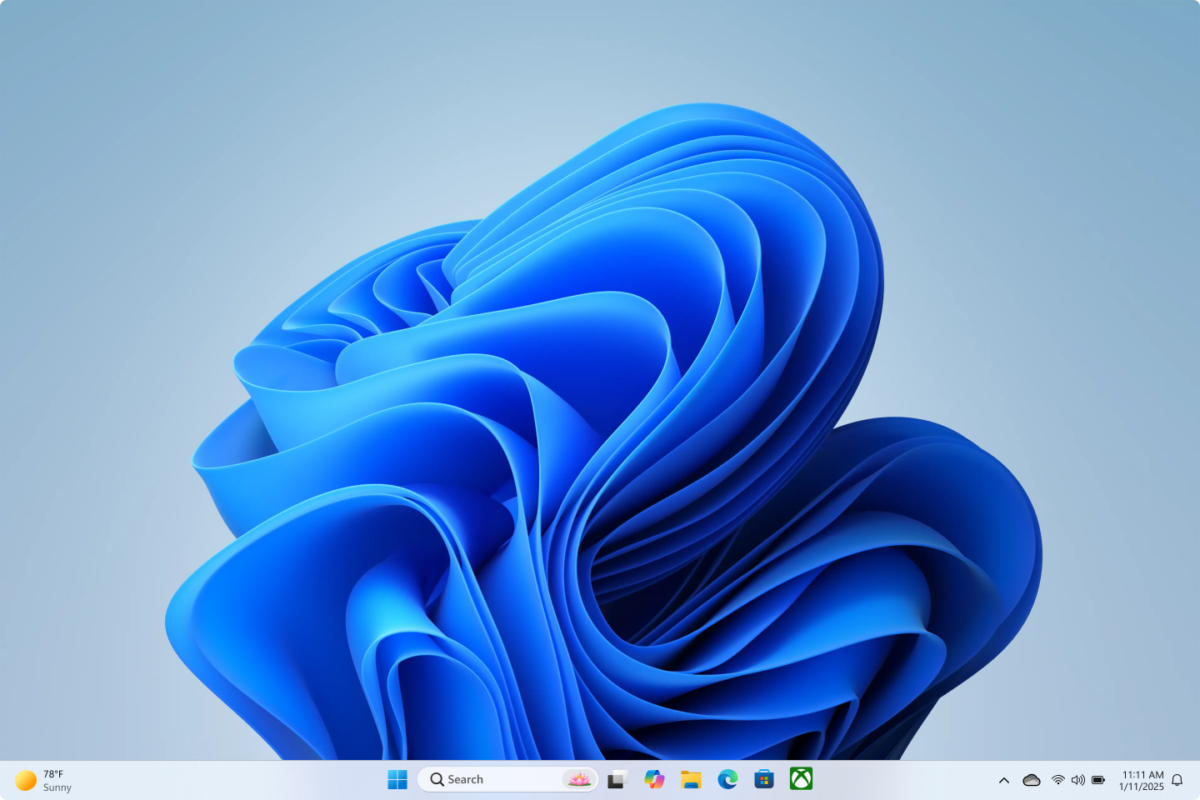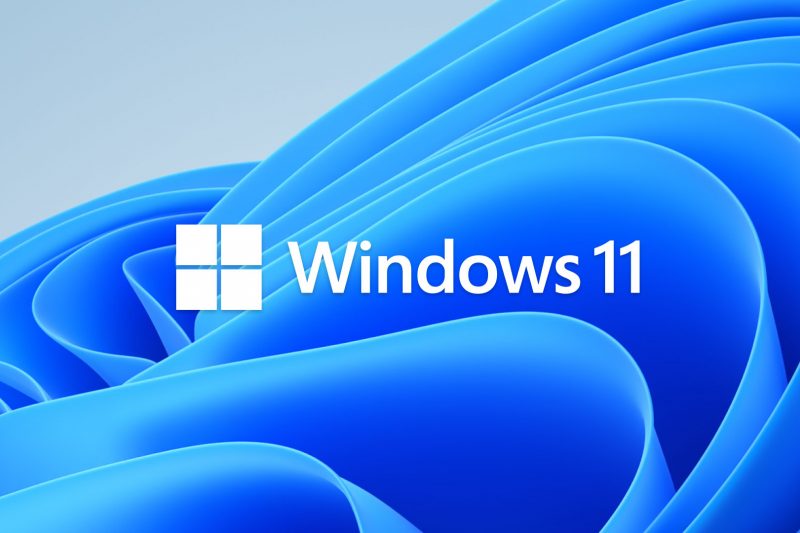The Most Effective Shortcuts for Windows 11 to Increase Productivity
As a result of their excessive reliance on the mouse, many users are unable to take use of the full potential of Windows 11, which is meant to make your work go more quickly. One of the simplest methods to increase productivity is to make use of keyboard shortcuts, which enable you to carry out routine operations in an exact moment. I will not overwhelm you with endless lists; instead, I will provide you with the most useful shortcuts for Windows 11, along with an explanation of each one so that you may begin using them immediately.
The Most Important Shortcuts, Everyday
When it comes to shortcuts, there are those that are so widely used that they soon become intuitive. By way of illustration, hitting Windows and D simultaneously minimizes everything to display the desktop immediately, which is helpful if you need to eliminate clutter as rapidly as possible. Another useful shortcut for regular use is the Windows key and the letter L, which locks your screen quickly. This is ideal for situations in which you need to leave your workstation without shutting your applications. File Explorer may be opened in a matter of seconds by pressing Windows and E, which eliminates the need to search through the taskbar.
Managing Windows and Performing Multiple Tasks
Multitasking is a primary focus of Windows 11, and the shortcuts it provides make switching between applications a breeze. It is possible to move between open windows in an instant with the traditional Alt + Tab shortcut, but the new Snap Layouts feature allows you to go much farther. You have the ability to choose how to arrange applications in a side-by-side configuration by pressing Windows and Z when hovering over a window. The combination of Windows + Ctrl + D generates a new virtual desktop for those who are juggling many tasks at the same time. Additionally, the combination of Windows + Ctrl + Left/Right Arrow allows for a smooth transition between desktops.
Applications for Clipboards and Screenshots
The capabilities of Windows 11 go beyond the fundamentals of copying and pasting. You may activate Clipboard History by pressing Windows and V. This feature archives various objects that you have copied, like as text, links, and photos, and makes them ready to paste whenever you need them. To take screenshots, press Windows, Shift, and S simultaneously. This will activate the Snipping Tool overlay, which will allow you to record just a portion of your screen rather than the whole display. In particular, this is helpful for presentations, reports, or rapid sharing without the need for editing subsequently.
Easy Access to Configuration Options and Functions
You may quickly access important settings in Windows by using shortcuts, which eliminate the need to search through menus. By way of illustration, hitting Windows and I simultaneously launches the Settings application directly, while pressing Windows and A brings up Quick Settings, which includes settings for Wi-Fi, Bluetooth, and brightness. In addition, you may examine notifications in real time by pressing Windows and N simultaneously, which will open the notification panel located on the right side of the screen. When you need to make minor tweaks without disrupting your productivity, these combinations provide you the opportunity to save time.
Smart shortcuts for advanced power users
Windows 11 offers shortcuts that go deeper into the system, which are designed for those who desire greater control over their computer. You may avoid the right-click options and immediately call up Task Manager by pressing Ctrl, Shift, and Esc simultaneously. Windows + Ctrl + Shift + B is a secret gem that may avoid data loss and restart the graphics driver without restarting the computer. If your display ever freezes, you can use this shortcut to restart the graphics driver. Another helpful tip is to press and hold the Shift key when deleting a file. This will erase the file permanently without sending it to the Recycle Bin, which will save you the additional step of cleaning it later.
An Extra That Is Both Fun and Useful
Even though many people are unaware of it, Windows 11 comes with a shortcut that allows users to add emoticons and symbols to their messages. The Emoji and Symbols panel may be opened by pressing Windows and the period (.) key simultaneously. This panel allows you to easily insert emojis, currency symbols, arrows, and even GIFs into discussions or documents. This is a feature that is not only entertaining but also helpful while entering special characters.
By being familiar with a few Windows 11 shortcuts that are carefully selected, you may make your everyday routine far more efficient and fluid. These combinations minimize the need for repeated clicks and mouse movements, allowing you to rapidly lock your screen and organize applications across several desktops using keyboard shortcuts. You should begin with the fundamentals, such as displaying the desktop or starting File Explorer, and then progressively include complex shortcuts and multitasking into your routine moving forward. You will notice that Windows 11 seems much more powerful and efficient as time goes on, and you will find that they become second nature to you.


